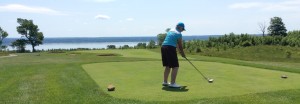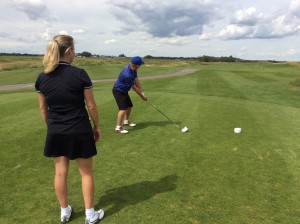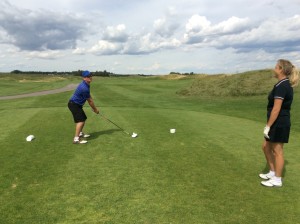Destination: Whitefish, Montana
We plan to leave tomorrow around 7:00 a.m. on our next road trip that will take us to Whitefish, Montana, then back to Calgary via Cranbrook, B.C. Our route to Whitefish, Montana, will take us South and West on Alberta highways 8 and 22, down to the Crowsnest Pass.
I love the drive on the highway past Bragg Creek and Turner Valley, a golf course that I have played many times. We’ll then pass through Longview, where Canadian entertainer Ian Tyson has his ranch — this is certainly cattle country down here. I’ve embedded a YouTube video of Ian Tyson – who’s 81 (a whole year older than I am) singing Four Strong Winds as a tribute to his father who fought in the First World War. That video was released just a couple of months ago, and although the voice is shakier than it used to be, Ian Tyson is still a great performer. A big shout out and thanks to his agent, Paul Mascoli of Mascoli Entertainment Corporation for letting me use the picture of Ian Tyson on my blog.
I’ve been singing along to Ian Tyson since I got my first Ian & Sylvia record, probably back in 1970 or so, introduced to our family by my niece, Deborah Rowbotham. Back then, I’d have a bunch of albums lined up for the record player, including Johnny Cash’s Folsom Prison Blues, Gordon Lightfoot, Ian & Sylvia and others, and I’d play them while singing and doing the housework on Sunday mornings. It was always Sunday Morning Coming Down at our house on Sundays!
From Longview, we follow the rolling hills with some surprising elevation changes along a winding creek to Alberta’s highway #3 – the Crowsnest Highway.
Soon we will be driving past the tons of rock that slid down the mountain at Frank, Alberta. The Frank Slide was a rockslide that buried a great part of the mining town of
Frank on the morning of April 29, 1903. It occurred at 4:10 am, when it took under 100 seconds for over 82 million tonnes (90 million tons) of limestone rock to slide down Turtle Mountain. That slide obliterated the entire eastern edge of Frank, the Canadian Pacific Railway line going through that part of time, and Frank’s coal mine. It was one of the largest landslides in Canadian history and remains the deadliest, as between 70 and 90 of the town’s residents were killed, most of whom were lost in the rubble. Turtle Mountain’s formation left it in a constant state of instability, a fact that wasn’t lost on the first nation tribes, who didn’t need seismic data to know better and always called it “the mountain that moves”.
On to Blairmore, the home of the Crowsnest Pass Golf and Country Club. I’ve played that course many times, including with the Alberta Branch of the Notre Dame Hounds Alumni Association with one of their annual golf tournaments. Although from the highway, the holes you can see wouldn’t necessarily compel you to stop and play as they’re rather flat and treeless. But stop and play it is something I recommend: you will not believe how beautiful the holes are that are away from the highway. It’s absolutely stunning. The course offers a challenging layout and spectacular changes in elevation. It’s certainly worth the trip – it was awarded Gold in the Most Scenic category in the Golf West Magazine’s 2014 Readers Choice Award.
The Elk River runs alongside the highway for many kilometres – beautiful, clean water rushing towards the Kootenay Lake. This is such a scenic drive along this highway, especially in the summer months. Trees and mountains on both sides. Awesome.
In no time we will be crossing into the USA at Roosville from Grasmere, B.C. and we will be off to see restauranteur Trina Kelly at her On The Fly Cafe – for at least a coffee. It’s a roadside cafe with a reputation for great food, and we can’t wait. They’ve got a great menu, including a Power Smoothie with fruit, kale, spinach and chard!
Eureka, Afterall!
It won’t be long before we will be arriving in Whitefish. This is NEW territory to me and I can’t wait to discover. We’ve decided to stay just two nights at the Grouse Mountain Lodge and the third night, we’re going to stay and play (once again!) at the The Wilderness Club in Eureka. The golf course has been opened to the public now since 2010 and it’s a Nick Faldo design, and I’ve never golfed one of his designs before, so we’re super excited about that. I need to give a big shout out to Adam at The Wilderness Club’s Pro Shop for getting us the tee times – and the room reservations for Ruth and me!
GREAT JOB, ADAM, I CAN’T WAIT TO MEET SUCH A FRIENDLY GUY IN PERSON!
– Eve
I’ll be setting my alarm and we’re T-24:00 and counting.
More to come.


